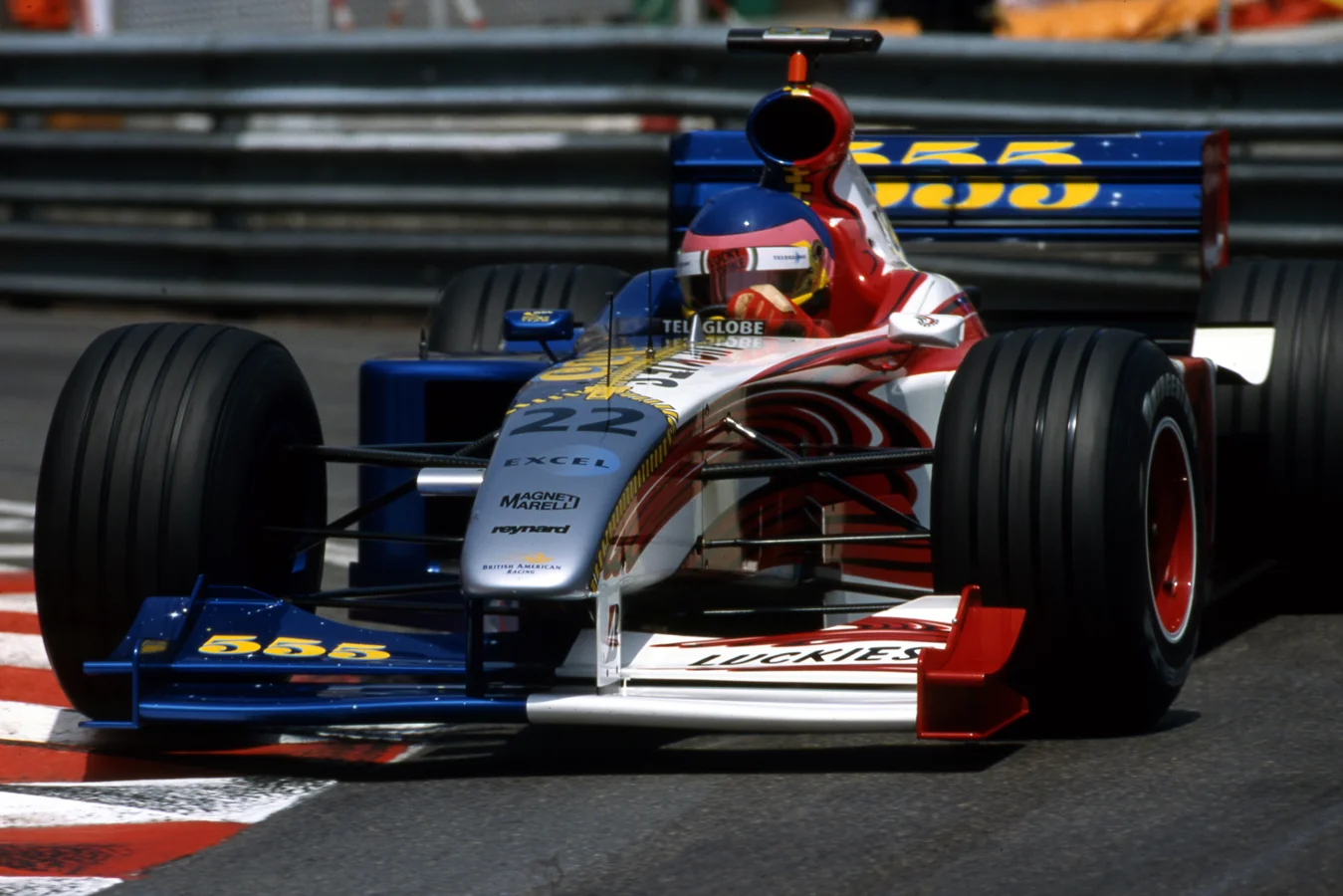Jeff Gordon, one of NASCAR’s most recognizable champions, nearly made a groundbreaking leap into Formula 1 with British American Racing (BAR) around 1999—a move that, according to experts, could have transformed U.S. involvement in the sport decades ahead of its time. Speaking recently on the Kevin Harvick‘s Happy Hour podcast, motorsport journalist Will Buxton detailed how, at the height of his NASCAR career, Jeff Gordon was positioned to join IndyCar briefly before teaming up with Dario Franchitti for a full season in Formula 1.
explained Buxton.
The excitement around this plan, Buxton pointed out, was immense:
Jeff Gordon’s move was set to happen just after he won three Cup Series titles in four years, an era that defined his legacy in NASCAR. The timing appeared perfect, with BAR entering Formula 1 in 1999 and establishing themselves as a competitive team, achieving 15 podium finishes over their time in the sport. Though BAR never clinched a Grand Prix victory, their ambition made them a tantalizing prospect for new racing talent, especially from the U.S., where Formula 1 was still working to captivate mainstream American fans.
Despite the well-crafted plan, Jeff Gordon’s leap never materialized. Instead, he remained in NASCAR, where he solidified his status as a legend. The only direct hint of his open-wheel potential came in 2003, when Jeff Gordon participated in a ride swap at the Indianapolis Road Course, driving a Williams FW24 Formula 1 car. The event was notable, as Gordon impressed engineers with his pace, drawing comparisons to established F1 stars, and showcasing his adaptability across racing disciplines.

Buxton emphasized that bringing a figure like Jeff Gordon into Formula 1, flanked by a fellow champion like Dario Franchitti, could have dramatically boosted America’s profile in the sport. Such a move, he argued, would have anticipated the massive F1 surge in the U.S.—ignited years later by Netflix’s ‘Drive to Survive’—by a full generation. Instead, Formula 1’s relationship with American drivers and audiences remained lukewarm for years, missing an opportunity for earlier widespread appeal.
The conversation between Buxton and Harvick also touched on NASCAR’s current talent, like Kyle Larson, who claims versatility across racing forms and recently impressed at the 2024 Indianapolis 500 before late misfortune struck. McLaren F1 team boss Zak Brown has even hinted at wanting Larson to try an F1 car, keeping alive the hope of another American breakthrough in open-wheel racing’s premier class.
Buxton further noted frustrations with the restrictive nature of F1’s super license points system, which limits U.S. drivers’ opportunities, regardless of their success in IndyCar or NASCAR. Reflecting on cases like Colton Herta, who was sidelined by licensing rules despite significant achievement, Buxton lamented,
The unrealized partnership between Jeff Gordon and BAR sparked vibrant speculation about what might have been. If Jeff Gordon had entered Formula 1, the trajectory of U.S. involvement in F1 might have been irreversibly altered—bringing legions of new fans, activating broader media attention, and creating a cross-discipline racing legacy unlike anything before. Although history took a different path, the discussion illustrates the continued hunger for U.S. excellence in international motorsport, leaving the door open for future talents to finish the journey Jeff Gordon almost began.


